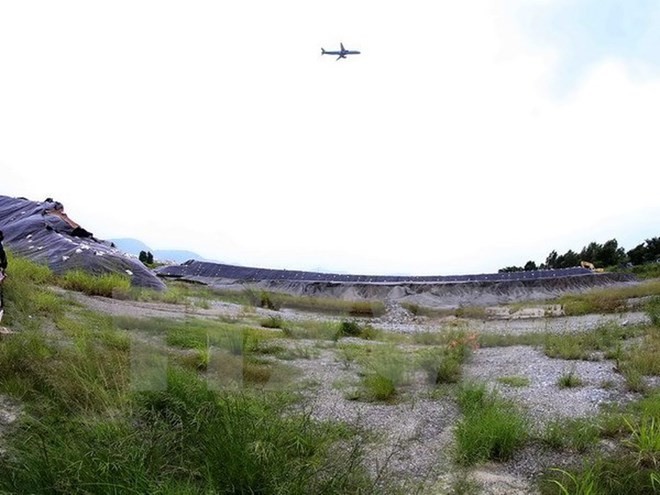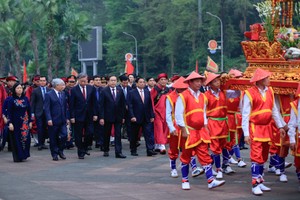
Da Nang Airport is one of the hot spots for dioxin pollution in Vietnam. On April 1, 2011, the Ministry of Defence approved a project to remediate the environmental pollution in the airport implemented by the Air Defence-Air Force in coordination with the US International Development Agency (USAID).
The project’s investment includes 60 billion VND from the Vietnamese Government and about 110 million USD from the US Government in non-refundable aid.
It treated about 90,000 cubic metres of dioxin-polluted mud and soil, isolating about 50,000 cubic metres of mud and soil with contamination, and handing over 18.7ha of treated land. An additional 13.7ha of clean land is scheduled to be handed over on November 7 for the expansion of the airport and towards the city’s social economic development.
Addressing the conference, Than Thanh Cong, head of the Office of the National Steering Committee on the Settlement of Post-war Unexploded Ordnance and Toxic Chemical Consequences (Office 701), said that the project has completed all of its objectives, successfully treating toxic soil and sediment in Da Nang Airport and minimising the risk of effecting the surrounding environment and people.
The project is significant in various aspects, vastly improving the community’s health, environment, economy, and society, he said, adding that its success shows the US’ commitment to working closely with Vietnam in the work and meets the expectation of Vietnamese people for a safe and dioxin-free environment.
However, some delegates also pointed to a number of shortcomings of the project, including insufficient surveys that led to the adjustment of the project’s coverage, along with technical challenges due to specific climate and environmental conditions in the locality.
























